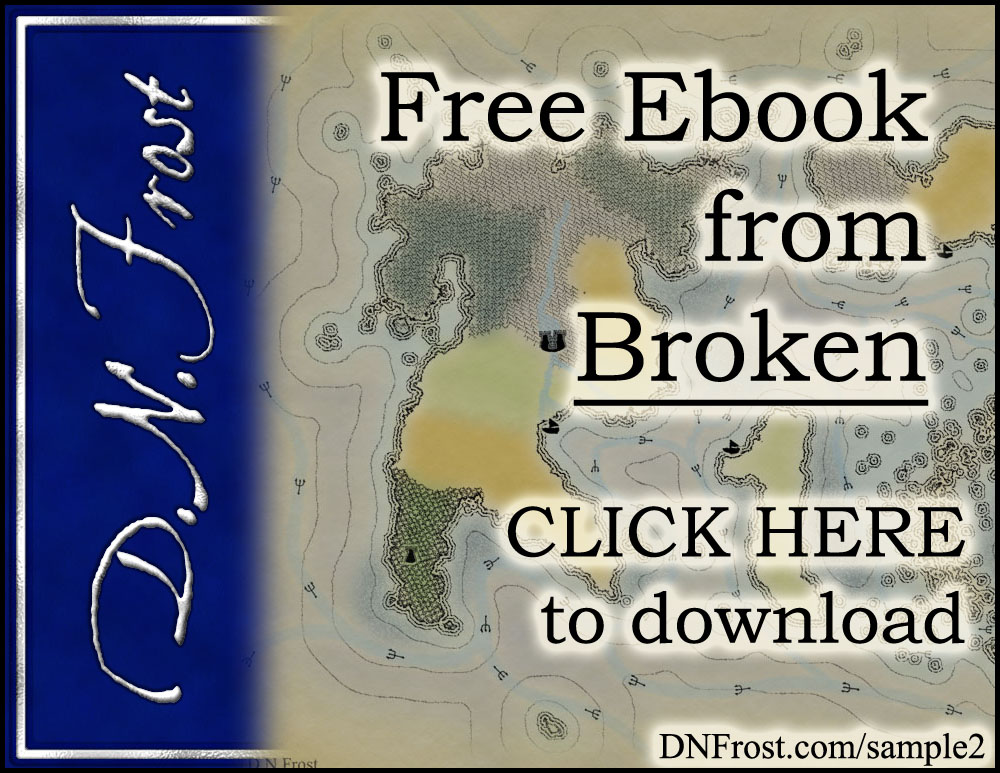This post is Part 8 of a series to augment the Author's Manifesto available for free download. Start with Part 1 here.
This and other inspirations of mine are gathered in the Spark Directory for you to explore.
Find more linguistic content in my Language Directory.
In Part 1 of this series, I got excited about language and started inventing a number of tongues for my fantasy world. My language development has stalled out a bit these days, since I already have so much established. However, my current language project circles back to the illiterate nymphs of the tropical glade.
Though illiterate in modern times, the nymphs were once a thriving civilization that traded with the forests of Ryerin to the north. Akin to the ancient Mayans, the nymph civilization fell during a major catastrophe, and they fled their stone cities into the jungle when the Colkh'rak invaded.
Inspired by the complex glyphs of the Mayans, I envisioned the ancient nymphs with an impressive and artistic writing system that allowed each scribe great creative expression of individuality. Though I have no writing samples yet, this project is ongoing, and I hope to include some ancient A'lari glyphs in the first edition of Broken.
As of now, I'm super delighted with my language trees, and I have an exceptional foundation to keep world-building for my Tales of the Known World saga. Aside from the occasional line of foreign dialogue in the novels, which I use (sparingly) to emphasize language barriers, I use my languages to invent consistent names for the places where certain cultures live.
I also use the language rules to change place names from one language to another, such as the Suteki town of Zejawehe, which becomes Zeja'e on elvish maps. Similarly, the elvish town of T'gran'rh is represented on faerie maps as Tigranirsh, pronounced basically the same but transliterated differently.
That's it for this series! Check out my latest inspirations for more.
Download the Author's Manifesto here, or start your adventure below.
This and other inspirations of mine are gathered in the Spark Directory for you to explore.
Find more linguistic content in my Language Directory.
In Part 1 of this series, I got excited about language and started inventing a number of tongues for my fantasy world. My language development has stalled out a bit these days, since I already have so much established. However, my current language project circles back to the illiterate nymphs of the tropical glade.
Though illiterate in modern times, the nymphs were once a thriving civilization that traded with the forests of Ryerin to the north. Akin to the ancient Mayans, the nymph civilization fell during a major catastrophe, and they fled their stone cities into the jungle when the Colkh'rak invaded.
Check out this Author's Manifesto for more of my inspirations!
Inspired by the complex glyphs of the Mayans, I envisioned the ancient nymphs with an impressive and artistic writing system that allowed each scribe great creative expression of individuality. Though I have no writing samples yet, this project is ongoing, and I hope to include some ancient A'lari glyphs in the first edition of Broken.
As of now, I'm super delighted with my language trees, and I have an exceptional foundation to keep world-building for my Tales of the Known World saga. Aside from the occasional line of foreign dialogue in the novels, which I use (sparingly) to emphasize language barriers, I use my languages to invent consistent names for the places where certain cultures live.
I also use the language rules to change place names from one language to another, such as the Suteki town of Zejawehe, which becomes Zeja'e on elvish maps. Similarly, the elvish town of T'gran'rh is represented on faerie maps as Tigranirsh, pronounced basically the same but transliterated differently.
That's it for this series! Check out my latest inspirations for more.
Download the Author's Manifesto here, or start your adventure below.
Liked this? Share, please!




